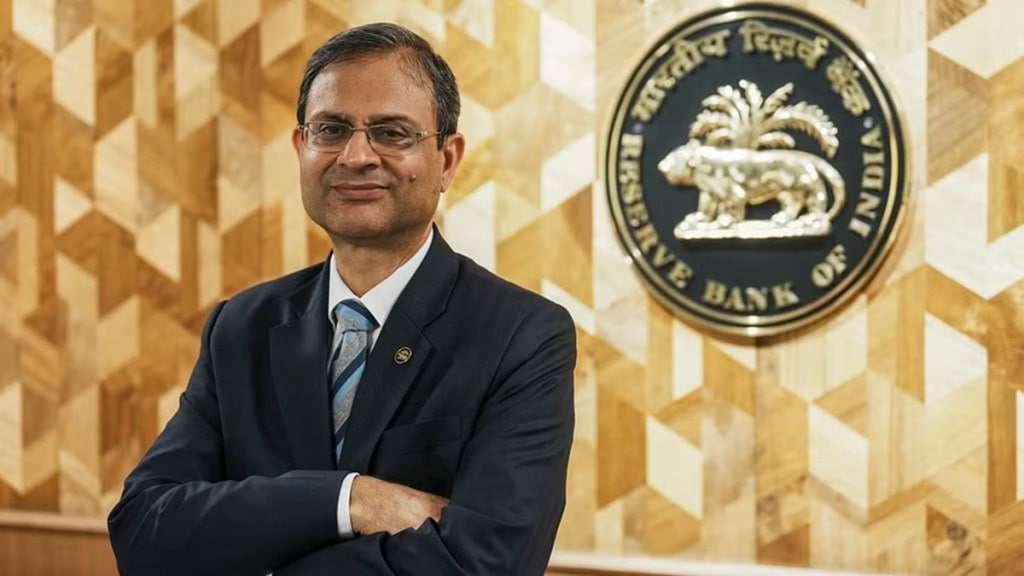Attributing the rupee’s recent depreciation to stronger demand for the US dollar, Reserve Bank of India Governor Sanjay Malhotra on Thursday said the central bank does not target any specific level for the rupee, but expressed confidence that a “good trade deal” with the US would support currency stability.
Delivering the VKRV Rao Memorial Lecture at the Delhi School of Economics, Malhotra said the RBI continues to take a cautious stance on cryptocurrencies and stablecoins. He added that India’s rapid economic expansion would soon propel more domestic lenders into the world’s top 100 banks.
How do banks rank?
Currently, only State Bank of India and HDFC Bank appear among the world’s top 100 banks, ranked 43rd and 73rd, respectively.
Stressing that India has “very good” foreign exchange reserve buffers, he said there is no cause for concern on the external sector. As of November 7, 2025, forex reserves stood at around $687.7 billion, sufficient to cover about 11 months of the country’s merchandise imports.
He expressed confidence that a “good trade deal” with the US would ease current account pressures. India’s merchandise trade deficit widened to a record high of $41.68 billion in October, driven by an increase in gold imports and a decline in US-bound exports.
The rupee closed 23 paise lower at 88.71 against the dollar on Thursday, weighed down by broad dollar strength and diminishing expectations of a US Fed rate cut.
What did Malhotra say?
“We do not target any level (for rupee). Why is the rupee depreciating? It is because of the demand (for the US dollar),” he said.
The US government imposed a 25% additional reciprocal tariff on Indian imports effective August 7, raising the overall levy to 50%, with a 25% penal tariff linked to oil imports taking effect from August 27. The move has impacted several labour-intensive sectors.
The governor said the central bank is taking a highly cautious approach toward cryptocurrencies and stablecoins, citing their significant risks. “But at the same time, when it comes to digital innovations like UPI (Unified Payments Interface) or digital lending, our stance has been very accommodative and very enabling,” he said.
He noted that the growing global use of US dollar-backed stablecoins could pose new monetary policy challenges next year. Malhotra reiterated that the RBI prefers promoting its central bank digital currency over private stablecoins or crypto assets.
The governor added that it is ultimately up to the government to decide whether and how cryptocurrencies should be regulated, with an existing working group expected to take a final call.
Malhotra also said India will soon have more domestic lenders featured in the top 100 global banks list, given the pace of economic expansion and growth in the banking system. Interacting with students, he said the RBI cannot specify how many large banks India should have in the global rankings. “There are many banks in the public sector space and in the private sector… at the pace at which they are growing, I think it is only a matter of time before we have a number of banks, quite a of them, among the top hundred banks of the world,” he said.

